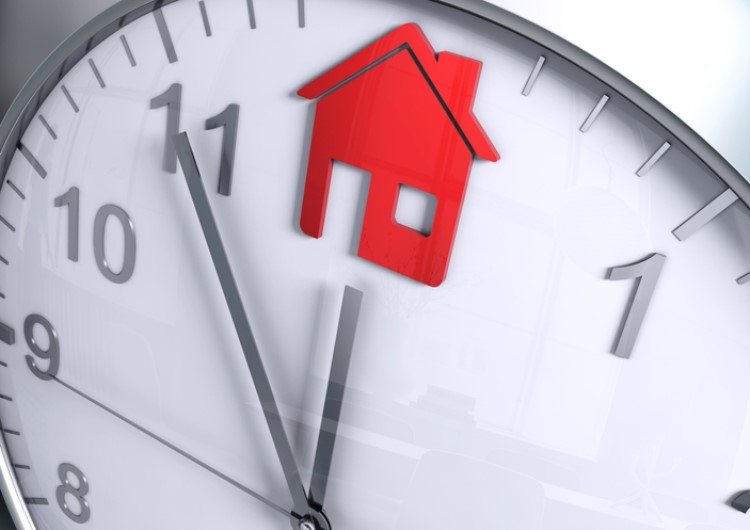
Despite the rosy headlines indicating an early rebound in the housing market, recent figures seem to point in a different direction.
Latest figures from the Australian Bureau of Statistics show that house prices across the country declined by an average of 0.7% in the June quarter.
While the period did not take into consideration the recent back-to-back rate cuts and the impacts of the tax refunds, Urban Development Institute of Australia executive director Connie Kirk said the fall seems to suggest that a sustained recovery is still far from reach.
"At best, they paint the picture of a stabilising market in our major capital cities and suggest the worst of the decline is behind us," he said.
Kirk said that this hint of recovery will take time to gain traction and will require the rebound to flow not only through established dwellings but also the newly-constructed ones.
"Until any increase in prices for established housing is replicated in the new home market there is unlikely to be a pickup in construction activity needed to boost the economy," he said. Also Read: Competition likely to heat up as more lenders follow the rate-cut tide
The question remains — Will the recent developments be instrumental in turning things around for the housing market? Kirk said the benefits of low interest-rate environment and the relaxation of serviceability rules will likely take some time to manifest, particularly if banks keep a tight leash on lending.
"No one wants to see rocketing increases again, but a sensible and sustainable trajectory on house prices is needed to drive activity, construction, jobs and affordability," he said.
A recent report by UBS said the housing market could record as much as a 10% recovery in prices next year. This projection came after the ABS revealed robust lending growth figures for July. A separate report from CoreLogic revealed that home prices across capital cities rose by 1% over the past month, the most substantial increase since April 2017. The national market also witnessed a monthly price gain of 0.8%, the fastest pace since October 2017.
"It's likely that buyer demand and confidence are responding to the positive effect of a stable federal government, as well lower interest rates, tax cuts and a subtle easing in credit policy," CoreLogic research director Tim Lawless said.
Collections: Mortgage News



Share